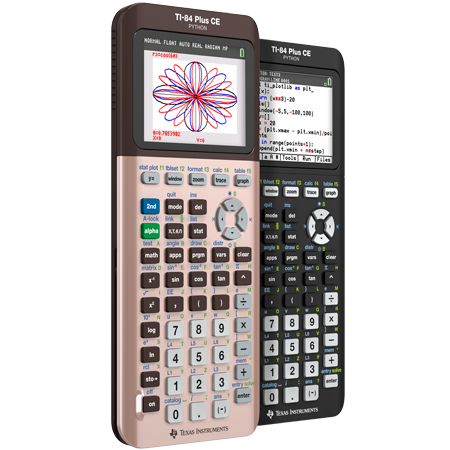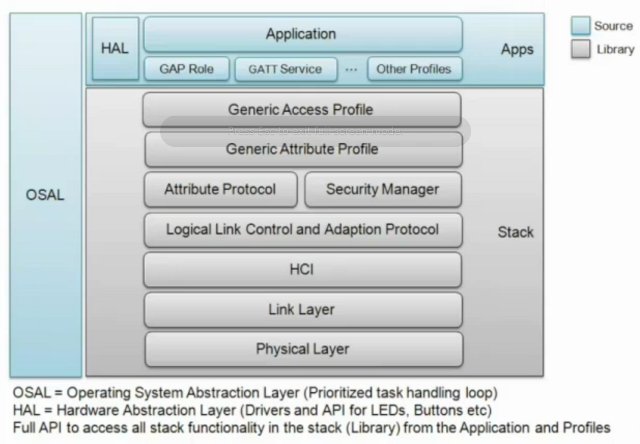

Parking lots and garages (use an IPS for navigational and security purposes). Warehousing (monitor the handling of goods). Airports, railway and bus stations (use the system for informational purposes and wayfinding). Shopping malls (use an IPS for item finding, navigation, and product promotion). Mining (ensure the safety of people working underground). Healthcare (track patients and personnel at hospitals). Production industries (monitor products and equipment, safeguard employees, and provide security at manufacturing sites). Here are some IPS applications and purposes the system may serve: Having this information at hand can improve work processes and help with solving problems in many fields. Once it is detected, the system can keep track of the object’s location and identify it from the set of like objects. For example, it might say the answer to “0=x-3” is 2.9999999789, when it is actually 3.What Is an Indoor Positioning System and What Is It Used for?Īn indoor positioning system or IPS is a network of transmitting and receiving devices (separate or two-in-one) that can communicate together indoors.Īs the name suggests, the major purpose of an IPS is to detect the position of an object that can be both animate and inanimate. 
This program will often come up with solutions that are not 100% exact.Equations with infinite solutions will come up as having an answer equal to the guess value that is typed in.Equations with multiple unknown variables will not be solved correctly.Here is a list of things that this solver cannot do: While this equation solver is definitely a useful tool, it does have some limitations.
The video shown at the top of this article has a good demonstration of how to do this. So, to find all of the solutions, just keep plugging in different guess values until you find all of them. Solving Equations with Multiple SolutionsĪs you may have noticed, this program will not automatically provide you with all of the solutions to an equation: it will only give you the answer that is closest to the guess, the number that is typed in before you press to actually solve the equation. Congratulations! If everything went well, your equation should now be solved.To calculate the actual value of X, press the button once more. You will now see “X=0” or x equals some other number.


Now that you have filled in both sides of the equation, press the button at the top of your calculator to continue. For example, if the equation was 3+2x=4+5x, you would type “4+5x” into E2. Type the right side of the equation into the E2 box (you can switch between the boxes by using the arrow keys). You can type “X” by pressing the key above the button. For example, if the equation was 3+2x=4+5x, you would type “3+2x” into E1. Type the left side of the equation into the E1 box. The two boxes that are displayed represent the two sides of the equation. You should now see the equation solver screen. Access the Numeric Solver by pressing the button, and then pressing the up arrow key to select the last option.








 0 kommentar(er)
0 kommentar(er)
